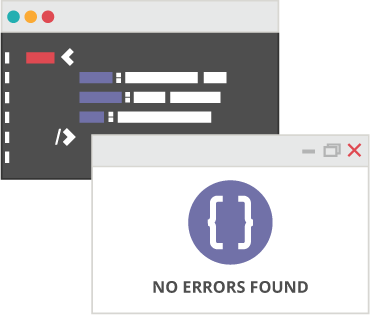Load testing is an important part of overall web performance. The load testing process is widely used. The testing system involves placing demand on a particular software system and measuring the response.
Load testing is a useful tool because it can give you an idea on how a system responds under normal operating conditions. In addition, load testing can also give an accurate measure on how a system responds during a time when it reaches peak load conditions. A peak load condition can better be explained when a web site receives a great deal of traffic all at one time.
Load testing is extremely useful because it can provide useful information maximum operating capacity of an application. In addition, load testing can accurately detect any weakness or vulnerability within a frequently used application. Therefore, long term use of load testing can actually help one build a stronger and more accurate software system.
Load testing with tools like LoadView Testing also accurately identifies stress testing procedure and how it affects the overall system. In some cases, overloading a system or placing great stress on the system can sometimes cause malfunction.
Performance testing, reliability testing and volume testing are all important testing procedures to determine if certain software programs are suitable. If a software program is deemed unsuitable, then measures must be taken to repair any flaws or weakness within the software system.
Load testing is widely used and it has other applications besides testing software reliability. Load testing can be effectively used to test a web sites QOS performance. QOS performance is measured according to customer behavioral patterns at any given moment.
Essentially each and every time a customer visits a web site a great deal of helpful information is automatically recorded. This type of information is extremely useful in helping web developers improve the quality of an existing web site. Customer or consumer input and suggestions are always very useful.
Identifying the needs of a consumer is essentially what keeps a web site up and running. The more people that view a certain web site will help the web site to make money and improve the overall quality of the web site.
Load testing will continue to be a critical part of web performance. Load testing essentially helps improve a web site operation, technique and overall performance. Stress testing will also continue to be a very important element as far as load testing is concerned. The more stress or traffic a web site can handle the better.



